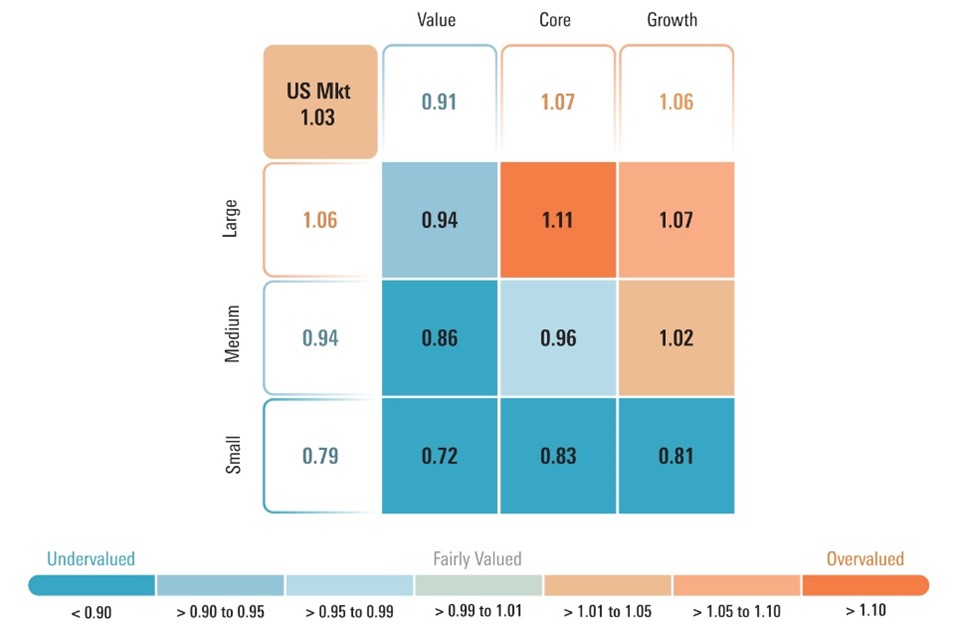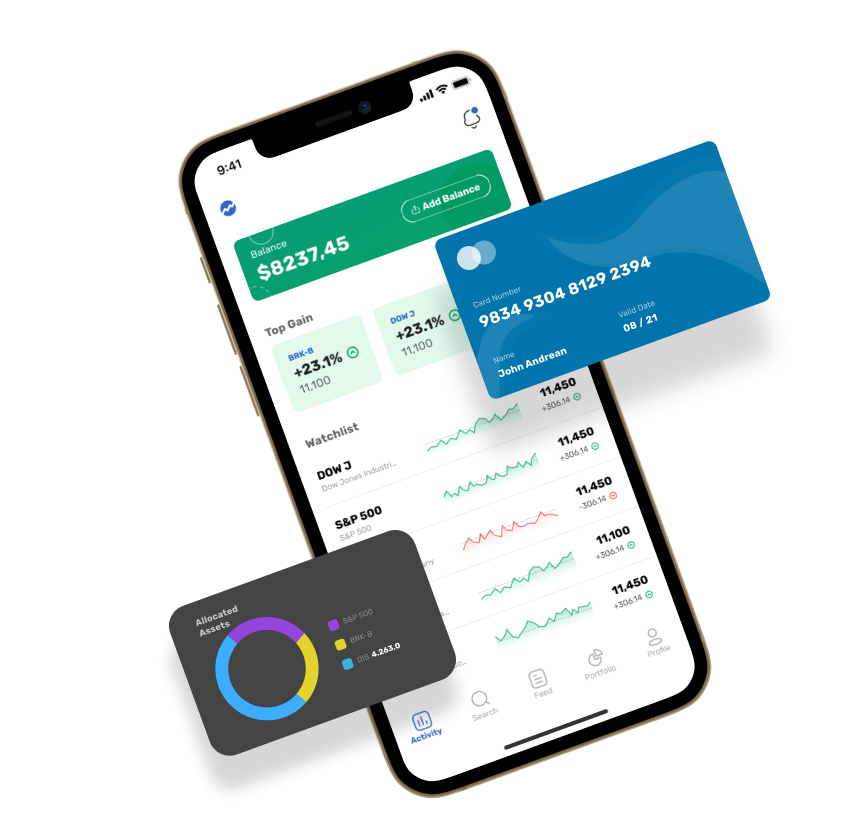20 Great Suggestions To Choosing AI Stock Trading Analysis Websites
20 Great Suggestions To Choosing AI Stock Trading Analysis Websites
Blog Article
Top 10 Ways To Assess Ai And Machine Learning Models For Ai Stock Predicting/Analyzing Platforms
Analyzing the AI and machine learning (ML) models employed by stock prediction and trading platforms is vital to ensure that they provide accurate, reliable and actionable information. Poorly designed or overhyped models can lead flawed predictions, or even financial losses. Here are ten of the most effective tips to help you evaluate the AI/ML models of these platforms.
1. Learn the purpose and approach of this model
Clear objective: Determine whether the model was developed for short-term trades or long-term investments, or sentiment analysis, or risk management.
Algorithm transparency: See if the platform provides information on the kinds of algorithms used (e.g., regression, neural networks, decision trees, reinforcement learning).
Customizability. Examine whether the model's parameters are adjusted to fit your specific trading strategy.
2. Perform an analysis of the model's performance measures
Accuracy: Verify the model's accuracy in predicting future events. However, do not solely rely on this metric since it can be misleading when used in conjunction with financial markets.
Precision and recall (or accuracy) Find out the extent to which your model is able to distinguish between true positives - e.g. accurate predictions of price changes - as well as false positives.
Risk-adjusted results: Determine whether model predictions result in profitable trading in the face of accounting risk (e.g. Sharpe, Sortino, etc.).
3. Check your model by backtesting it
Performance history The model is tested with historical data to determine its performance under the previous market conditions.
Test the model on data that it has not been taught on. This can help avoid overfitting.
Analyzing scenarios: Evaluate the model's performance during different market conditions (e.g., bull markets, bear markets high volatility).
4. Be sure to check for any overfitting
Overfitting signals: Look out models that do extremely well in data training, but not so well on data unseen.
Regularization techniques: Determine the application uses techniques like L1/L2 regularization or dropout to avoid overfitting.
Cross-validation: Ensure that the platform uses cross-validation to test the generalizability of the model.
5. Examine Feature Engineering
Relevant features: Determine whether the model is using relevant features (e.g. volume, price and emotional indicators, sentiment data, macroeconomic factors).
Selection of features: You must ensure that the platform is choosing features with statistical importance and avoid unnecessary or redundant information.
Updates to dynamic features: Check whether the model is able to adapt to new characteristics or market conditions in the course of time.
6. Evaluate Model Explainability
Interpretability - Ensure that the model offers the explanations (e.g. values of SHAP, feature importance) for its predictions.
Black-box models can't be explained Be wary of software that use complex models including deep neural networks.
User-friendly insights: Make sure that the platform gives actionable insight in a format that traders can comprehend and use.
7. Examine the flexibility of your model
Market conditions change. Check if the model is able to adapt to changing conditions on the market (e.g. the introduction of a new regulation, a shift in the economy or a black swan phenomenon).
Continuous learning: Ensure that the platform updates the model with fresh data in order to improve performance.
Feedback loops. Be sure your model is incorporating the feedback of users and actual scenarios to enhance.
8. Be sure to look for Bias, Fairness and Unfairness
Data bias: Ensure that the training data is true to market conditions and is free of biases (e.g. the overrepresentation of particular sectors or time periods).
Model bias: Ensure that the platform monitors the model biases and mitigates it.
Fairness: Ensure that the model does favor or defy certain types of stocks, trading styles or particular industries.
9. Calculate Computational Efficient
Speed: Check if the model generates predictions in real time, or with a minimum of delay. This is especially important for traders who trade high-frequency.
Scalability: Determine whether the platform is able to handle large data sets with multiple users, without performance degradation.
Resource usage: Make sure that the model has been designed to make optimal use of computational resources (e.g. the use of GPUs and TPUs).
Review Transparency and Accountability
Model documentation: Make sure the platform is able to provide detailed documentation on the model's architecture as well as its training process, as well as its limitations.
Third-party validation: Determine if the model was independently validated or audited by a third party.
Make sure there are systems in place to identify errors or failures in models.
Bonus Tips
User reviews Conduct user research and study case studies to determine the model's performance in actual life.
Trial period: You can try a demo, trial or free trial to test the model's predictions and its usability.
Customer Support: Make sure that the platform provides robust technical support or model-specific support.
The following tips can aid in evaluating the AI models and ML models available on platforms that predict stocks. You will be able determine if they are transparent and trustworthy. They should also align with your trading objectives. Read the top visit this link on ai investing platform for site advice including ai investing platform, ai stocks, ai stocks, ai stocks, using ai to trade stocks, ai investment platform, ai stock trading bot free, investment ai, best ai stock trading bot free, best ai stock trading bot free and more.
Top 10 Tips On How To Evaluate The Speed And Latency Of The Ai Analysis And Stock Prediction Platform
For high-frequency, algorithmic, and active traders in particular speeds and latencies are crucial when evaluating AI platforms for stock forecasting and analyzing. Milliseconds delay could be detrimental to trade execution. Below are the top 10 tips for assessing the speed and latency of these platforms:
1. Real-Time data feeds are a great way to evaluate the accuracy of your real-time data
Data delivery: Make sure that the platform is able to deliver data in real-time with minimal delay (e.g. less than a millisecond).
Data source proximity - Check to determine if the servers on your platform are near major exchanges. This will cut down on data transmission times.
Data compression: Examine to determine if there are efficient methods of data compression that will accelerate the transfer of data.
2. Test Trade Execution Speed
Order processing time: Measure how fast the platform handles and executes trades after you've submitted your order.
Direct market access (DMA) Make sure that the platform supports DMA that lets orders be delivered directly to the exchange without intermediaries.
Review the execution reports to determine the timestamps on order confirmation fill, submission, and confirmation.
3. Examine the Platform's Responsiveness
User interface (UI), speed Check the platform's response time to inputs.
Chart updates. Verify that charts and visualizations have a real-time update that is not lag.
Mobile app performance When you're using a mobile app make sure it runs as quickly as the desktop version.
4. Look for infrastructure with low latency.
Servers' locations The platform must use high-speed, low-latency servers that are close to major exchanges or financial hubs.
Find co-location alternatives. These services permit you to place your algorithms near to the exchange.
High-speed Networks: Check the application's use of a fiber-optic high-speed network, or other technology with low latency.
5. Backtesting the simulation speed and test backtesting
Test how fast the platform processes and analyzes historical data.
Simulation latency: Make sure your platform can simulate trades with no noticeable delay.
Parallel processing: Check that your platform supports parallel processing, or distributed computing, which speeds complicated computations.
6. The API Latency Measurement
API response time: Measure how quickly the platform's API responds to requests (e.g. retrieving market data, placing orders).
Rate limits: Ensure that the API has adequate limits on rates in order to avoid delays when high-frequency trading is taking place.
WebSocket Check if the platform supports WebSocket protocols, which allow for streaming data in real time with low latency.
7. Test Platform Stability with Load
High-volume trades: To test the platform’s flexibility and stability, try simulated high-volume scenarios.
Market volatility Test the platform during periods of high market volatility to see if it can handle rapid price fluctuations.
See what tools are that can be used to test strategies in the most extreme of situations.
8. Assess Network and Connectivity
Internet speed requirements: To ensure maximum performance, ensure that your internet connection speed is at the recommended platform's speed.
Reliable connections: Check whether your platform has redundant internet connections. This can help you keep your system from experiencing downtime.
VPN latency. Check if you're using a VPN in the event that this causes latency.
9. Check for Speed Enhancement Features
Pre-trade analytics - Make sure that the platform is equipped with analytical tools for pre-trade to improve order routing.
Smart order routing (SOR) Find out that the platform is using SOR to determine the most efficient and cost-effective execution venues.
Monitoring latency: Find out whether the platform has tools to monitor and analyze latency in real-time.
User Feedback and Review Benchmarks
User feedback: Read user reviews to determine the platform's performance in terms of the speed of its operation and latency.
Benchmarks provided by third party sources Find independent reviews or benchmarks comparing the performance of the platform versus those of its competitors.
Case studies: See whether the platform provides cases studies or testimonials, highlighting its ability to work with low-latency.
Bonus Tips
Utilize the trial period or free demo period to test your platform's speed and latency in real-world conditions.
Customer support: Check to see if the platform provides assistance with issues related to latency or optimization.
Hardware requirements: Find out if you need specific equipment to achieve the highest performance (e.g. high-performance computers).
With these suggestions, it is possible to accurately assess the speed, latency, and the accuracy of AI analysis and stock prediction systems. This will enable you to select a system that meets your needs for trading as well as reducing any delay. Low latency is crucial for algorithmic and high-frequency traders. Even the smallest delay can have a significant impact on profits. Read the best invest ai blog for site examples including stock trading ai, invest ai, ai stock analysis, best stock prediction website, best ai stocks, ai stock price prediction, chart analysis ai, ai stock prediction, stock predictor, ai options and more.